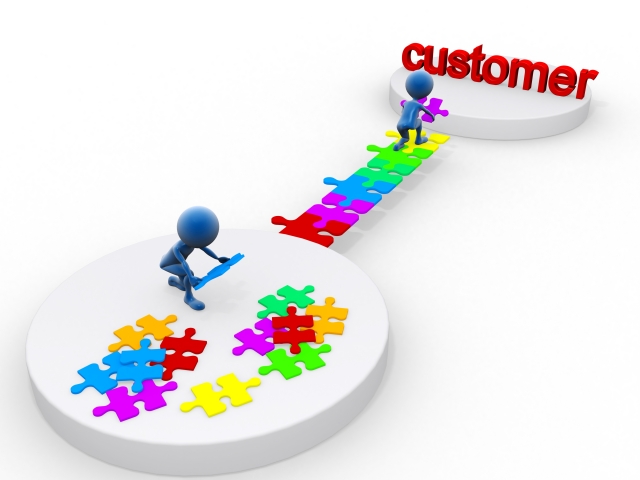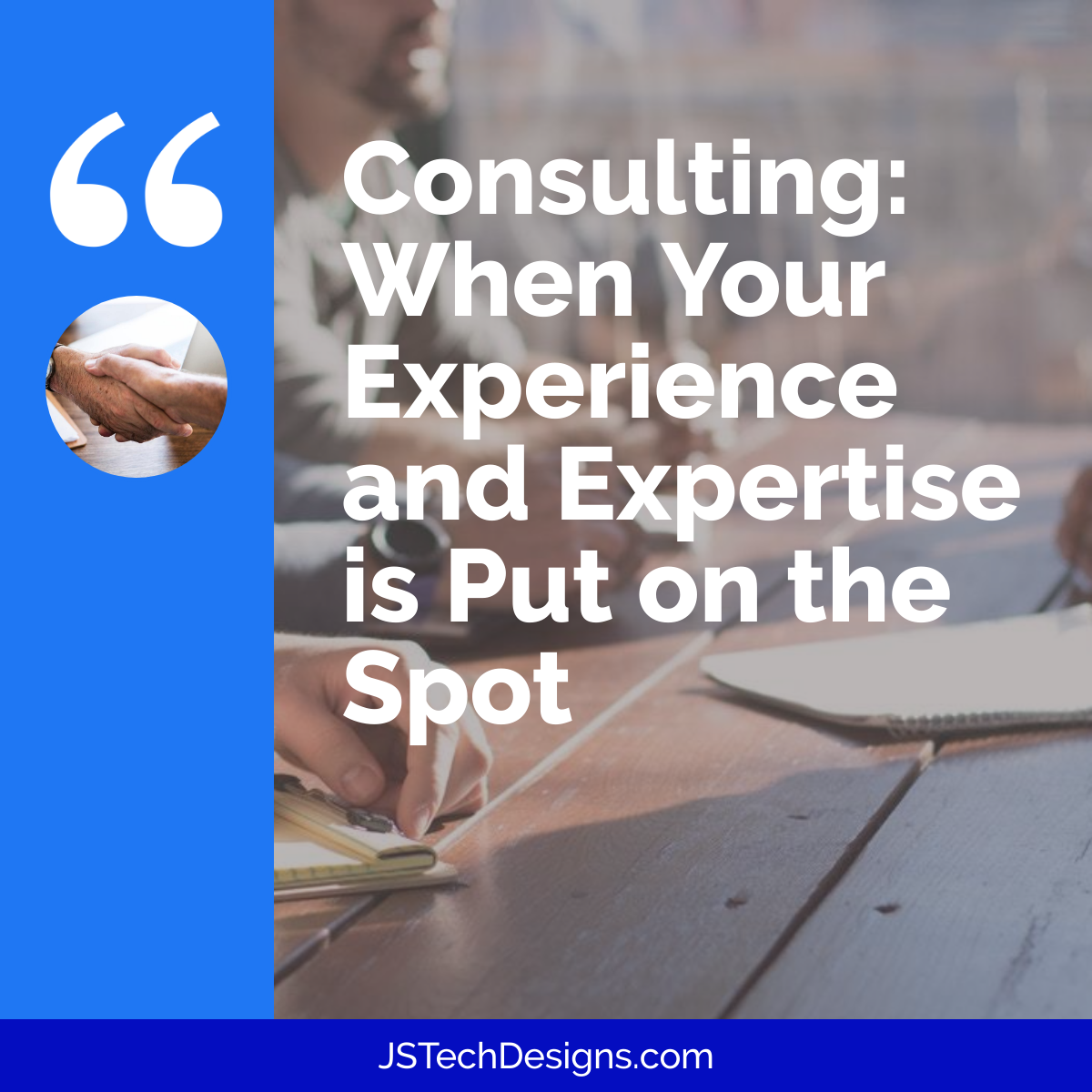As a consultant, it is important that you help your client see past their preconceived notions and get into the customer’s customer needs and wants. This can be difficult to do because your client has been looking at the same problem with their same perspective for so long. You need to take a step back and look at the situation by focusing on the needs of your customer’s customer. A good way to achieve this is by using personas.
Since it’s something I’m comfortable with, let’s use software development to explain using personas. In software development, one of the first things in UI/UX design that you want to come up with is a persona of who is going to be using your software. The way to do this is to define the players. Who are they? Are they primarily 50 year old males? 20 year old females? What is their background? What are they like? What do they like? Creating personas is one of those things that is often overlooked, but critical when designing software. Once you’ve established personas of who will be interacting with your software, you can then provide enough help in style that would work for them ex: larger fonts, bigger buttons, different colors, etc. When we talk about the customer’s customer; it’s about creating personas. Observing customers in their natural habitat. How can you design software for x customer if you’ve never spent time in x? For instance, I’ve spent hours and hours in shops. I couldn’t fix a car if I wanted to, but I know what’s going on through observation. I’ve probably spent time in 50 shops around the country – from shops that have no computer system (they just use paper systems and cash) to shops that have 18 bays and 20 technicians and full service systems. Become a subject matter expert -no matter what the subject matter, you need to become an expert on behalf of your clients and their customers.
So, let’s translate that back into consulting. If you’re going to be a successful consultant, you have to become a subject matter expert. You can then go to your customer and say that you know how their clients are operating. You have to be able to give the customer’s customer perspective as a consultant because the business itself can’t innovate a solution when they’re looking at the same problem every day from the same view. In my opinion, a consultant isn’t there to sugar coat things. A good consultant will help the client to understand where they’re deficient and help fill that in and remedy the problem. Whether you’re developing a product, selling a service, or anything in between –it’s your customer’s needs who you need to get in tune with.
Jim Nagy is Co-Founder/Owner & Managing Partner of JSTD, LLC and a business consultant who specializes in technology consulting, retail operations consulting, and project management. He is also our designer and primary technician. He’s an expert in software development and business applications, with over 25 years of experience in IT, 20 years in software development, 16 years in executive management, and over six years entrepreneurial experience in the technology industry.





